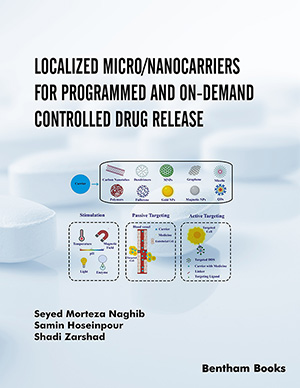Abstract
Background: Studies of drug metabolism are one of the most significant issues in the process of drug development, its introduction to the market and also in treatment. Even the most promising molecule may show undesirable metabolic properties that would disqualify it as a potential drug. Therefore, such studies are conducted in the early phases of drug discovery and development process. Cunninghamella is a filamentous fungus known for its catalytic properties, which mimics mammalian drug metabolism. It has been proven that C. elegans carries at least one gene coding for a CYP enzyme closely related to the CYP51 family. The transformation profile of xenobiotics in Cunninghamella spp. spans a number of reactions catalyzed by different mammalian CYP isoforms.
Objective: This paper presents detailed data on similar biotransformation drug products in humans and Cunninghamella spp. and covers the most important aspects of preparative biosynthesis of metabolites, since this model allows to obtain metabolites in sufficient quantities to conduct the further detailed investigations, as quantification, structure analysis and pharmacological activity and toxicity testing.
Conclusion: The metabolic activity of three mostly used Cunninghamella species in obtaining hydroxylated, dealkylated and oxidated metabolites of different drugs confirmed its convergence with human biotransformation. Though it cannot replace the standard methods, it can provide support in the field of biotransformation and identifying metabolic soft spots of new chemicals and in predicting possible metabolic pathways. Another aspect is the biosynthesis of metabolites. In this respect, techniques using Cunninghamella spp. seem to be competitive to the chemical methods currently used.
Keywords: Biotransformation, cunninghamella, CYP, drug metabolism, metabolites, microbial model.























